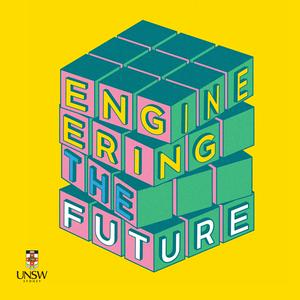PFAS: How a useful invention became a global contaminant
PFAS—also known as "forever chemicals"—are in your water, your clothes, your food packaging, and even in your body. They’ve been widely used for decades to make products resistant to heat, stains, grease, and water, including non-stick cookware, firefighting foam, and stain-resistant fabrics. But engineers, regulators, and the public are increasingly concerned about their long-term impact. In this episode of Engineering the Future, environmental engineers, UNSW Professor Denis O’Carroll and Andrew Mitchell from ADE Consulting, joins STEMM journalist Neil Martin to unpack the science behind PFAS and how they ended up in our environment. They explain the new detection and removal methods used to clean up PFAS, and emphasise the need for better regulation, public awareness, and the development of better alternatives of the chemical. For the full transcript of the episode and to learn more about our speakers, visit our website.Read more of our stories on PFAS: Specific ‘forever chemical’ found at unexpected levels in firefighting foam New method to degrade PFAS ‘forever chemicals’ found effective in the lab PFAS 'forever chemicals' above drinking water guidelines in global source water Trying to solve the 'forever problem' of PFAS pollution Don’t miss out on more conversations about the technologies shaping our world. Subscribe to Engineering the Future on your favourite podcast platform and follow us on Facebook, LinkedIn, Instagram and BlueSky to stay up to date with the latest research and news from UNSW Engineering. Acknowledgement of Country We would like to show our respects and acknowledge the Bedegal people who are the Traditional Custodians of the Land on which our Kensington campus is situated on, and to Elders past and present.


